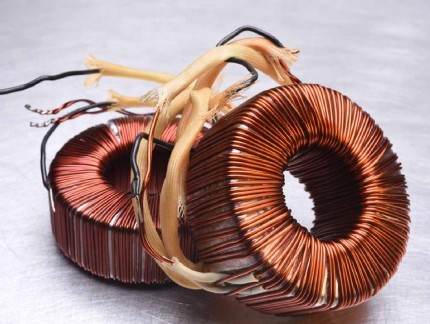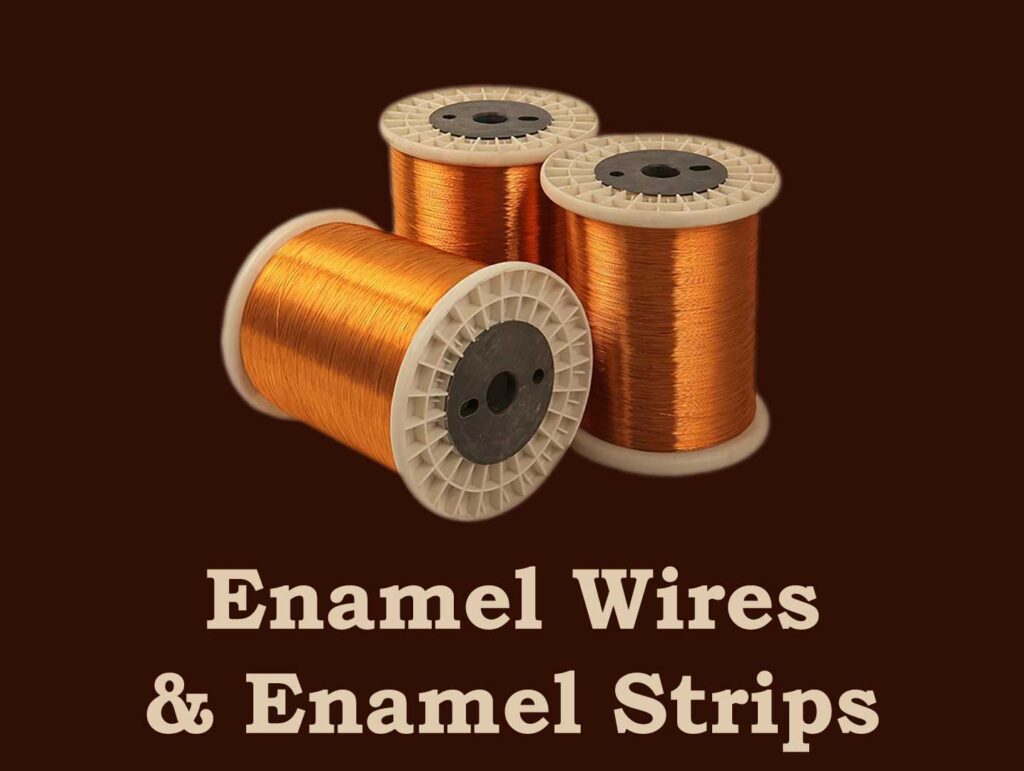In the realm of electrical engineering, where precision and performance are paramount, rational engineers rely on a key component to bring their designs to life – enameled wires, also known as magnet wires, enameled copper wires, enameled magnet wires, copper winding wire, or enameled strips. These unassuming yet indispensable wires play a crucial role in countless applications, from electric motors to transformers. In this blog, we will delve into the world of them and discover how they empower rational engineers to create efficient electromagnetic solutions.
Understanding Enameled Wires
Enameled wires are copper or aluminium wires coated with a thin layer of enamel insulation. This insulation not only protects the wire but also provides electrical insulation. The enamel coating allows engineers to wind the wire tightly without the risk of short circuits, making it ideal for electromagnetic applications.
Key Benefits of Enameled Wires
1. High Electrical Conductivity:
They are typically made from high-quality copper, known for their excellent electrical conductivity. This ensures minimal energy loss and efficient electrical transfer in various applications.
2. Thermal Resistance:
Rational engineers appreciate their ability to withstand high temperatures. This property is crucial in applications where wires are exposed to heat, such as transformers and electric motors.
3. Chemical Resistance:
They are also resistant to many chemicals, ensuring the longevity of the wire and the reliability of the system in which they are used.
4. Size Variability:
They are available in a range of sizes and diameters, catering to the specific needs of different applications. Rational engineers can choose the wire that best fits their design requirements.
Applications of Enameled Wires
They find their way into a diverse array of applications, and rational engineers are constantly discovering innovative uses for them. Some common applications include:
1. Electric Motors:
Enameled wires are essential in electric motors, where they are used in the winding of coils. Their high electrical conductivity and thermal resistance contribute to the motor’s efficiency and reliability.

2. Transformers:
Enameled wires are the backbone of transformers, where they help in the transmission of electrical energy between coils. Their ability to withstand heat and maintain electrical insulation is critical in this application.

3. Inductors:
Inductors, which are crucial components in various electronic devices, enameled wires enable the creation of compact and efficient coils.

4. Electromagnets:
Enameled wires are used to create powerful electromagnets for applications like magnetic resonance imaging (MRI) machines and magnetic locks.

Choosing the Right Enameled Wire
Rational engineers understand that selecting the right type of enameled wire is essential for the success of their projects. Factors to consider when making this decision include:
1. Wire Diameter:
The wire’s diameter should match the intended application’s current carrying capacity and space constraints.
2. Insulation Type:
Different enamel types offer varying levels of thermal resistance and dielectric strength. Engineers should choose the insulation that best suits their needs.
3. Temperature Rating:
Consider the highest temperature the wire will be exposed to in the application, and select a wire with an appropriate temperature rating.
4. Quality Standards:
Ensure that the enameled wire meets industry standards and regulations for safety and performance.
In conclusion, enameled wires, often referred to as magnet wires, enameled copper wires, enameled magnet wires, copper winding wires, or enameled strips, are indispensable tools for rational engineers working on electromagnetic solutions. Their exceptional electrical conductivity, thermal resistance, and versatility make them the go-to choice for a wide range of applications. When choosing them, engineers must consider factors like wire diameter, insulation type, temperature rating, and quality standards to ensure optimal performance. With the right enameled wire in hand, rational engineers can continue to innovate and drive progress in the field of electrical engineering.

